The Body Composition Monitor Scale Market is characterized by a competitive landscape where multiple players strive to innovate and capture market share through advanced technology and extensive product offerings. As awareness regarding health and fitness increases among consumers, the demand for body composition monitors is on the rise, prompting companies to enhance their competitive strategies.
Key trends include the integration of smart technology into scales, enhanced accuracy backed by scientific research, and the emergence of user-friendly interfaces for better consumer engagement. Manufacturers are increasingly leveraging data analytics and connectivity features to appeal to health-conscious individuals, thus intensifying the competition. In this dynamic industry, understanding market positioning, consumer preferences, and technological advancements is critical for companies aiming to lead in this segment.
Tanita stands out in the Body Composition Monitor Scale Market by offering a diverse range of products known for their accuracy and reliability. The company has established a strong brand presence due to its commitment to quality and innovation, which resonates well with both health professionals and fitness enthusiasts.
Tanita's strength lies in its extensive research and development efforts aimed at producing body composition monitors that accurately assess body fat, muscle mass, and other vital metrics. The company is well-recognized for its digital and multifunctional scales, integrating features such as Bluetooth connectivity and smartphone compatibility, which cater to a tech-savvy consumer base.
Furthermore, Tanita has built solid partnerships with healthcare providers and fitness organizations, further enhancing its credibility and reach in the market. Such strategic moves enable Tanita to maintain a competitive edge, appealing to consumers who seek precision and comprehensive health data.
AccuCheck, a significant player in the Body Composition Monitor Scale Market, is noted for its user-friendly devices that focus primarily on simplicity without compromising functionality. The company's strengths lie in its ability to create products that are not only easy to use but also deliver crucial health insights in a format that is accessible to the average consumer.
AccuCheck capitalizes on the growing trend of self-monitoring health metrics at home by providing scales that often feature clear displays and straightforward analytics. Their marketing strategies focus on promoting wellness and proactive health management, which resonate within the growing demographic of health-conscious individuals.
The integration of innovative technologies, such as mobile app connectivity and detailed health tracking, positions AccuCheck favorably against its competitors. By maintaining a keen focus on consumer needs and market trends, AccuCheck continues to strengthen its position within the increasingly competitive landscape of body composition monitors.


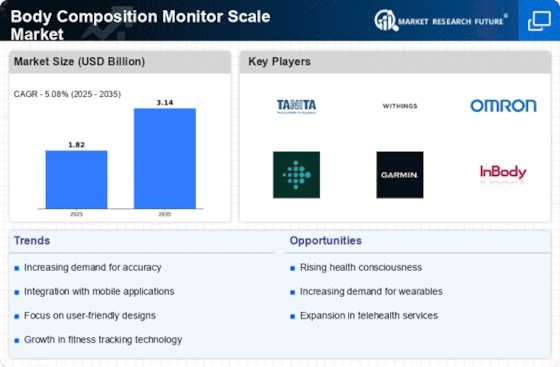


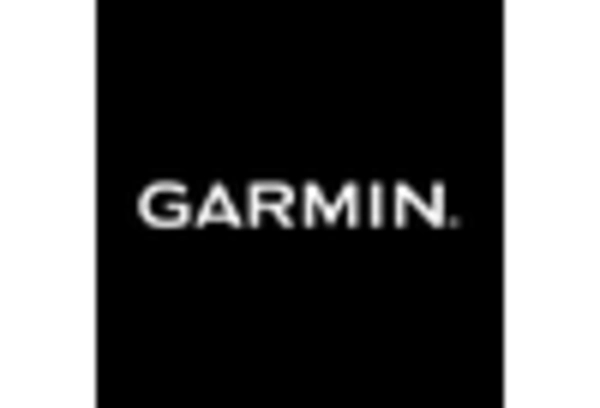
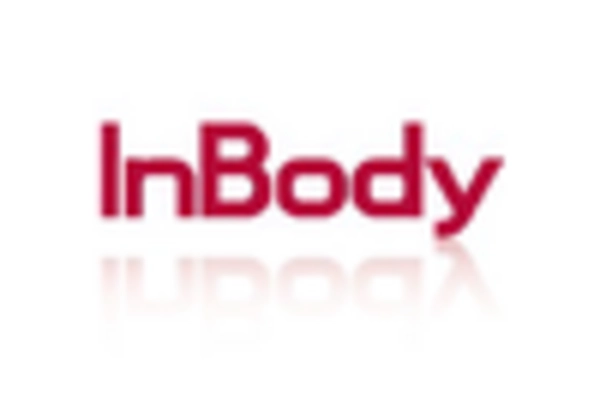
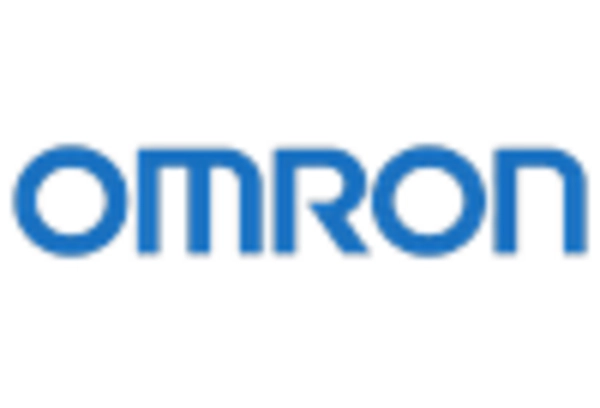
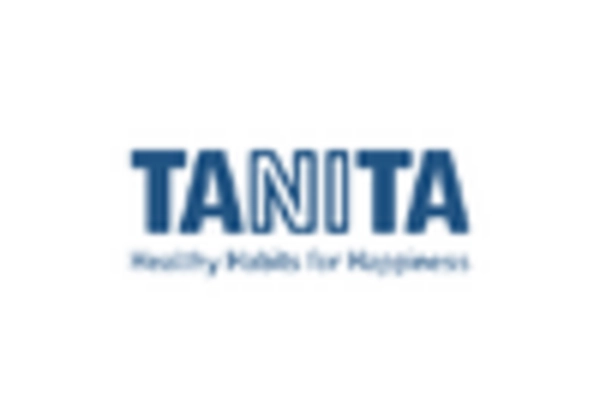
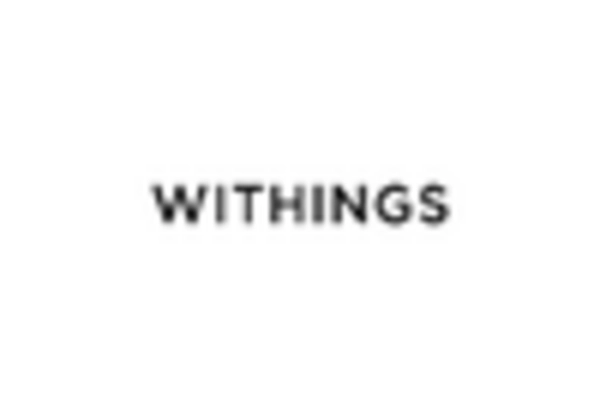








Leave a Comment